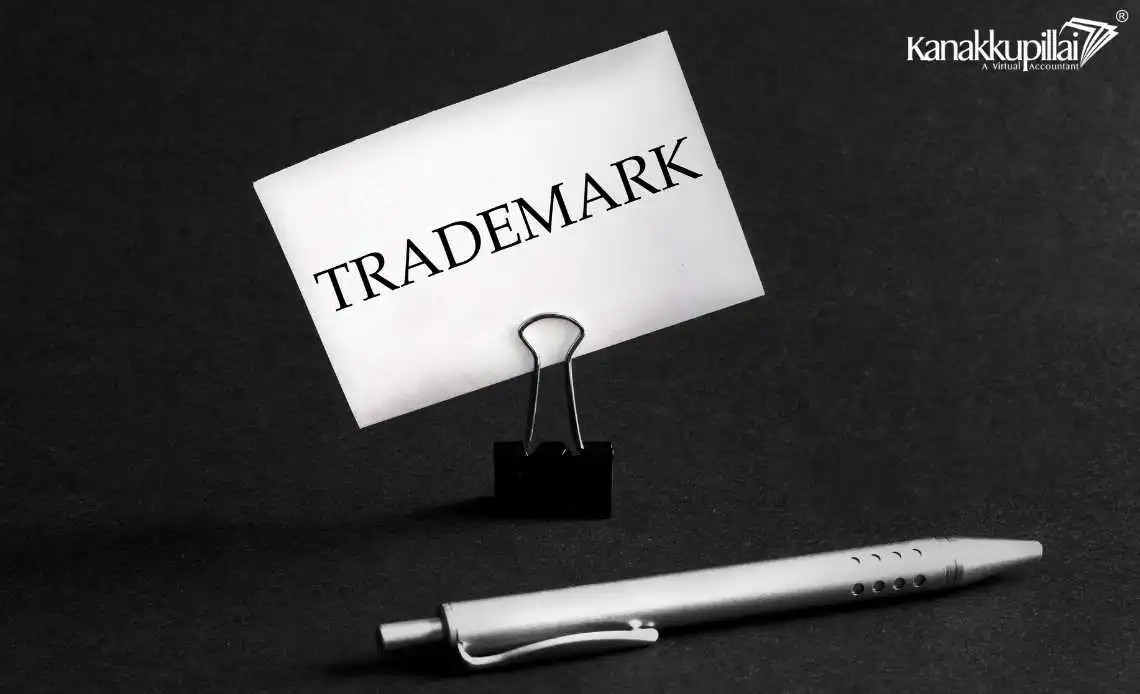Trademark registration in India is nothing but getting a brand registered under a person or a group of people who own the brand or business. This Trademark can be derived from Logo, Slogan, Numerals, Graphic, Smell, Sound Mark, Phrases, or a combination of all these. Having these trademark symbols for your business legally helps you to mark the ownership of the brand and to protect your business from any person who claims that it is their business idea or brand.
The trademark application can be filed in a few days & the initial symbol you can get is “TM”. Meanwhile, the complete formalities of the trademark registration process can extend between 18 and 24 months. Once the trademark is approved and the certificates are issued, you can get the ® symbol next to your brand trademark. The validity of this trademark is for 10 years, and it could be later extended or renewed. Apart from these, to register a trademark process in India, there are a series of steps involved and a variety of symbols incorporated, and here they are:
Trademark Search
Before initiating for the trademark registration, the start-up owner or a specialist should make a detailed search on the database and find the best trademark that suits the business. Also, this database and the search process aids to find information about whether any similar or identical trademark has been already registered which you have planned to choose for your business. This process can be carried out on the Trademark Registrar Website.
Trademark Filing
As soon as the trademark registration process is completed, the application can be filed with the Trademark Registrar. The application should be processed in the prescribed manner and filed with the fee for the registration process. This fee usually costs ₹ 4500 (approximately) for Individual/ Start-Up/ Small enterprises and ₹ 9000 (approximately) for other cases & these applications can be filed at any one of the Trademark Registrar offices which have jurisdiction over the state. The application for Trademark registration should have the following pieces of information: Logo, Name and address, Trademark classification class, and a Description of the services and goods.
Application Allotment
After the Trademark application is filed with the Registrar, an allotment number for the application is provided within a day or two & this application can also be tracked online. Anyhow, the applicant can add the TM symbol close to the logo as soon as they obtain the application allotment number.
Vienna Codification
The Vienna Codification, established by the Vienna Agreement in 1973, is an international classification of the marks that are figurative elements. As soon as the trademark registration application is filed, the Registrar will apply the Vienna codification to the trademark concerning the figurative elements of marks. When this process is in progress, the status of the application is usually referred to as ” Sent for Vienna Codification”.
Trademark Examination
As soon as the Vienna Codification process is completed, the Trademark Registration application is transferred to the Trademark officer in the Registrar’s office. The officer here would review the application for required information and correctness, then the trademark examination report. In addition to this, the trademark officer has the authority to either accept or object to the Trademark registration application. It solely depends on the officer’s perception of your Trademark application regarding the pieces of information and documents that have been attached.
If at all the trademark application is rejected or objected by the Trademark Officer, the applicant can raise a question to the officer about the reason behind the rejection. After the conversation with the officer, if he is satisfied with the justifications of the applicant, the particular Trademark can be submitted to the Trademark Journal Publication. Also, if the officer is not satisfied with the justification given by the applicant, then the applicant has the authority to appeal before the Intellectual Property Appellate Board.
Journal Publication
Once the Registrar accepts the Trademark registration application filed by the applicant, the proposed Trademark will be posted in the Trademark Journal. This journal is published every week, and each of the approved journals by the registrar is incorporated into the journal. After this process, the public is allowed to object to the trademark publication. If no objection is filed against your Trademark within 4 months (after the publication in the journal), the trademark will be registered officially within a month.
If your Trademark registration application from the journal is objected to by a person or a third party, then a hearing will be conducted by the Trademark Hearing Officer. Here, both the applicant and the opposing party are given a chance to justify their end on whether to approve the Trademark or to reject the Trademark. Based on all the points kept by the petitioners, the Trademark Hearing Officer has the authority to approve or reject the Trademark. If this decision comes negatively, you can challenge the Hearing Officer and escalate it to the Intellectual Property Appellate Board.
Trademark Approval
Once the objections are cleared on the Trademark registration, the manuscript and Trademark certificate is prepared and sent. Hence, the certificate is issued, the trademark is known to be the registered mark of yours and the ® symbol can now be replaced with the logo or trademark.
Trademark Symbols To Know Before Applying For The Registration
™ – TM Symbol ©
This symbol is put into use when the application for a trademark has cut the trademark registry process. So, it is used to indicate that the application exists, and it is also a warning call for counterfeits.
® – R Symbol
As soon as the trademark is registered, you can start using this symbol you’re your trademark. This symbol indicates that you have registered on a trademark and thus safeguarding you from infringements. Using this symbol just after the application filing process or without getting Trademark registration is against law.





